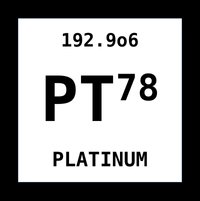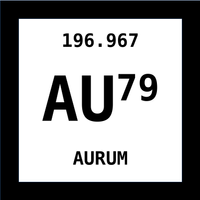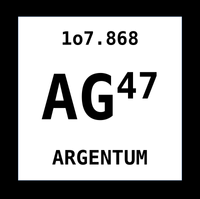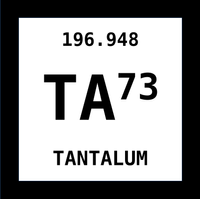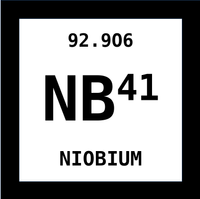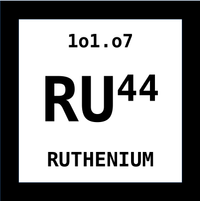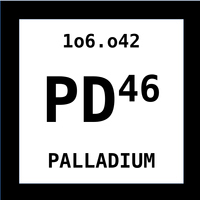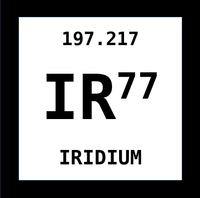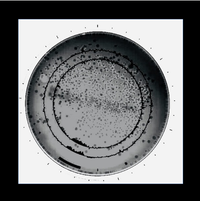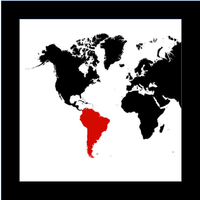PLATINUM 76
PLATINUM (PT)
Platinum (Pt), chemical element, the best known and most widely used of the six platinum metals of Groups 8–10 (VIIIb), Periods 5 and 6, of the periodic table. A very heavy, precious, silver-white metal, platinum is soft and ductile and has a high melting point and good resistance to corrosion and chemical attack.
PURE PLATINUM
For example, its surface remains bright after being brought to white heat in air, and, though it readily dissolves in aqua regia, it is scarcely attacked by simple acids. (It does dissolve slowly in hydrochloric acid in the presence of air.) Small amounts of iridium are commonly added to give a harder, stronger alloy that retains the advantages of pure platinum.
SILVER-WHITE METAL
Platinum, one of the most abundant platinum metals, and its alloys are indispensable in the chemical laboratory for electrodes and for crucibles and dishes in which materials can be heated to high temperatures. Platinum is used for electrical contacts and sparking points because it resists both the high temperatures and chemical attack of electric arcs. Jewelry and dental alloys account for much of its use; platinum-iridium is used for surgical pins.
INTERNATIONAL STANDART KILOGRAM
The prototype international standard kilogram of mass was made from an alloy of 90 percent platinum and 10 percent iridium. The electrical resistivity of platinum is relatively high and depends markedly upon the temperature; the international temperature scale from −183° to 630° C (−297° to 1,166° F) is defined in terms of a resistance thermometer made with platinum wire. As a catalyst, platinum has many applications, notably in automotive catalytic converters and in petroleum refining.
Platinum electrodes are used in fuel cells and platinum alloy coatings in computer hard discs. Platinum gauzes are used as a catalyst in the production of nitric acid and ammonia as well as in the synthesis of cyanhydric acid.
APPLICATION
The largest application for platinum is in car catalysts, where platinum is used in combination with palladium and, occasionally, rhodium. Jewellery accounts for some 30% of platinum consumption. Is an attractive silver-white metal that is malleable, ductile and very heavy. Generally hardened by alloying with iridium. Its coefficient of thermal expansion (9 x 10-6% per °C) is very close to that of certain glasses, to which it can readily be welded. Its good resistance to corrosion, the catalytic properties and a high melting point makes this resource to elementary component for solution of the nearest future.
PHARMACEUTICAL INDUSTRY
It is also employed in the pharmaceutical industry as a selective hydrogenation agent. Since the emergence of exchange traded funds (ETFs), platinum has increasingly used as an investment vehicle.
LABORATORY WARE
High melting point and good resistance to corrosion, platinum is used in laboratory ware. Platinum, alone or alloyed with rhodium, is used as a drawing die material in the fabrication of high-grade glass, as used, for example, in the manufacture of electroluminescent diodes.
